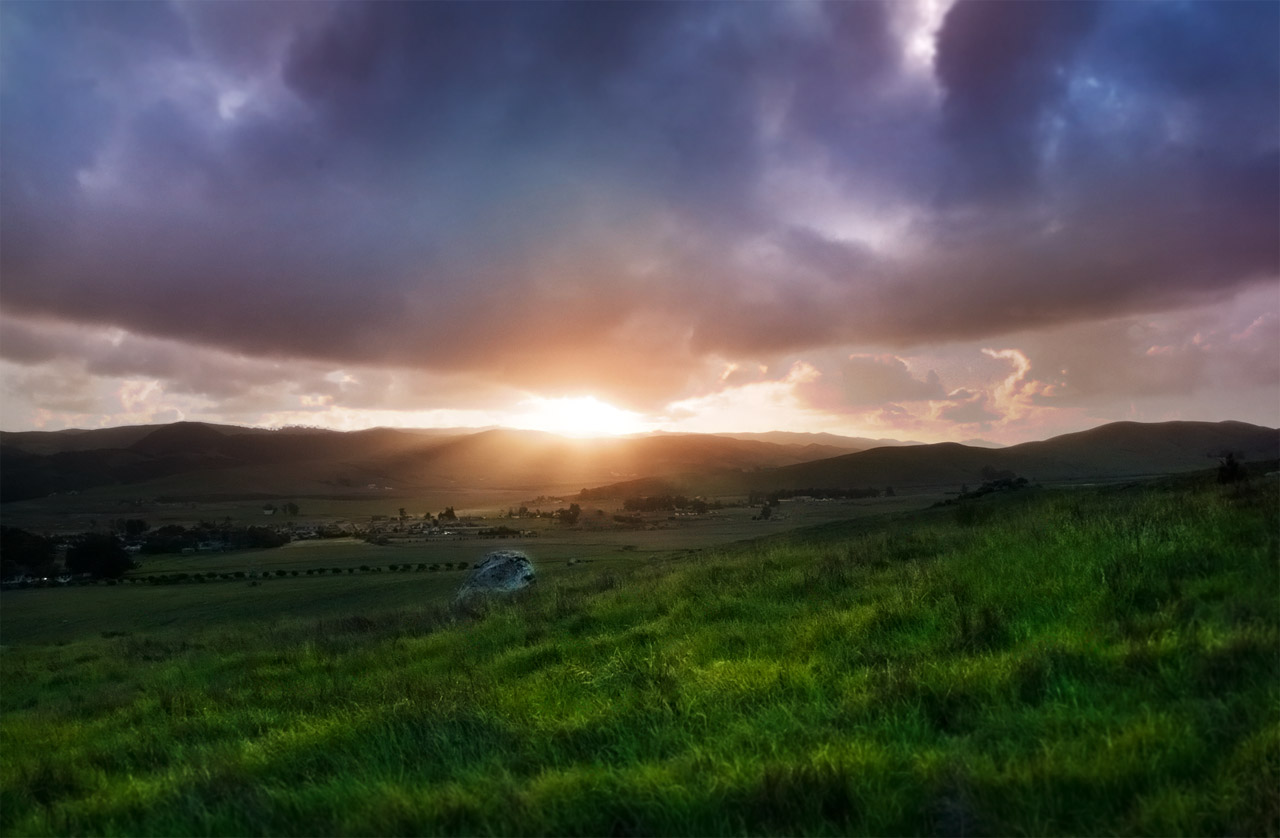When it comes to enhancing the aesthetics of your walls, drywall textures can make a significant impact. Whether you’re building a new home, remodeling, or simply looking to refresh your living space, choosing the right drywall texture can transform your walls from plain and flat to visually exciting and textured.

With a wide range of options available, it’s essential to explore the various types of drywall textures to find the one that best suits your style and desired ambiance.
Today, we’ll discuss the different drywall textures, from California knockdown to comb texture.
California Knockdown
The California knockdown texture is a popular drywall texture that adds depth and visual interest to walls and ceilings. It features a textured pattern created by smooth surfaces and irregular, partially flattened bumps.
To achieve the California knockdown texture, apply a thin layer of joint compound or drywall mud to the prepared surface using a trowel or a texture sprayer. After allowing the compound to dry partially, gently “knock down” the texture using a wide drywall knife or a trowel.
This technique involves lightly pressing the tool against the surface to flatten the raised bumps, creating a unique textured finish.
The final result combines smooth and textured areas, giving the walls or ceilings a distinctive and appealing look.
Orange Peel
The orange peel texture is a popular choice for adding subtle texture to walls and ceilings, giving them a slightly bumpy appearance reminiscent of an orange peel.
To achieve the orange peel texture, begin by preparing the surface and applying a coat of primer. Once the primer is dry, use a texture sprayer or a hopper gun to apply a thin layer of a joint compound onto the surface.
Hold the sprayer or gun at a slight angle and move it in a random, sweeping motion to create a fine splatter pattern. Alternatively, you can use a paint roller with a thick nap to apply the joint compound in a random pattern.
After applying the joint compound, let it dry partially, and then lightly run a trowel or drywall knife over the surface to knock down any prominent bumps, creating a more subtle texture. The result is a wall or ceiling with a delicate and visually appealing orange peel texture.
Sand Swirl
The sand swirl texture is a distinctive drywall texture that adds a sense of elegance and sophistication to walls and ceilings. This texture creates a subtle, swirled pattern resembling the smooth ripples of sand.
It’s recommended to practice the technique on a small section before tackling larger areas to ensure a consistent and desired result.
Comb
The comb texture is a unique and distinctive drywall texture that creates a series of ridges and lines, resembling the pattern left by a comb. You can achieve this texture using a comb-like tool, typically made of plastic or metal. The tool is dragged across the surface of the joint compound or drywall mud.
This texture provides a visually interesting and textured effect to walls or ceilings, adding a touch of uniqueness and dimension to your living space.


